

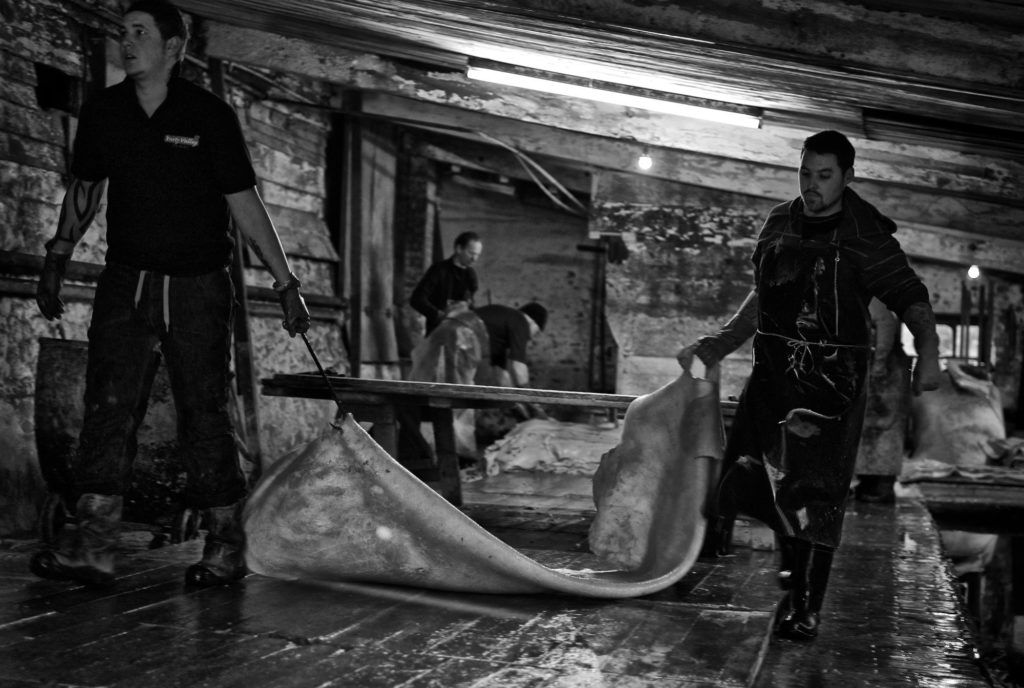
“There has been a tannery on this site since Roman times” Andrew Parr, the current owner of J & FJ Baker & Co Ltd told me. The small town of Colyton in east Devon, England has been producing top-quality leather for longer than anyone knows.
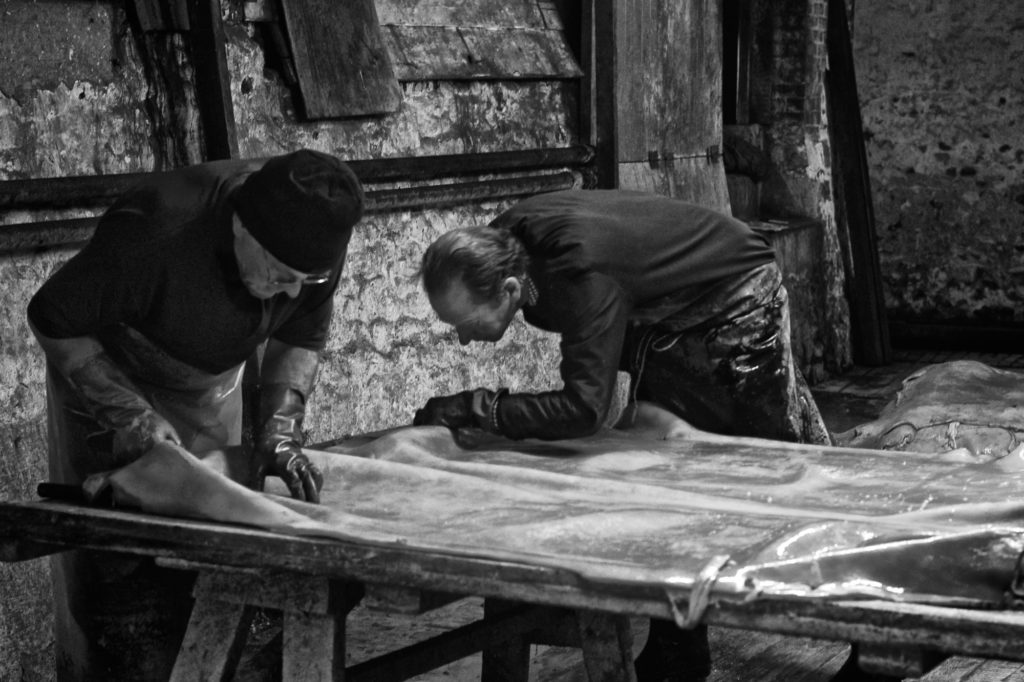
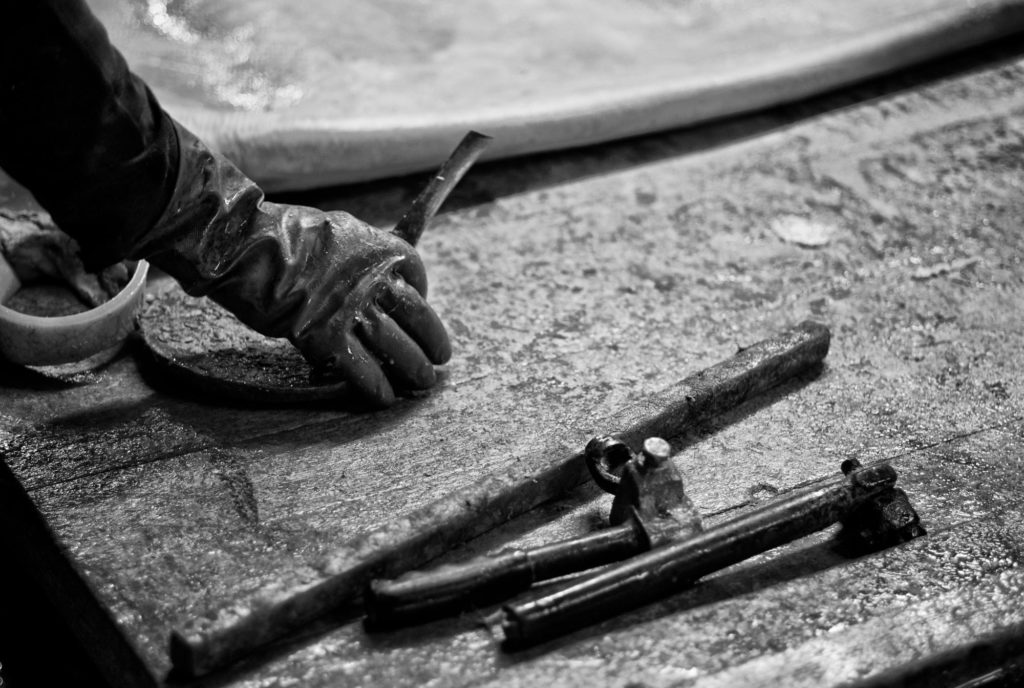
After buying my very first leather hide and taking a brief look around I asked Andrew Parr if I could return and do a photo project on the tannery. In all I spent five days looking into every aspect of how leather it produced from cow skins. At this point I had no commission but it was a personal project which just had to be done.

My initial twenty minutes produced a couple of acceptable photos; one, in fact, remains a favourites from the whole shoot — ‘cleaning the de-hairing machine’. Yet looking at those first images was initially very disappointing. The colours were a mess, with a mix of daylight, tungsten and fluorescent light, often in the same photo, making any set of photos colour balanced was impossible. Switching to black and white, not only solved the problem but it improved the photos. Return visits were all made with monochrome in mind.
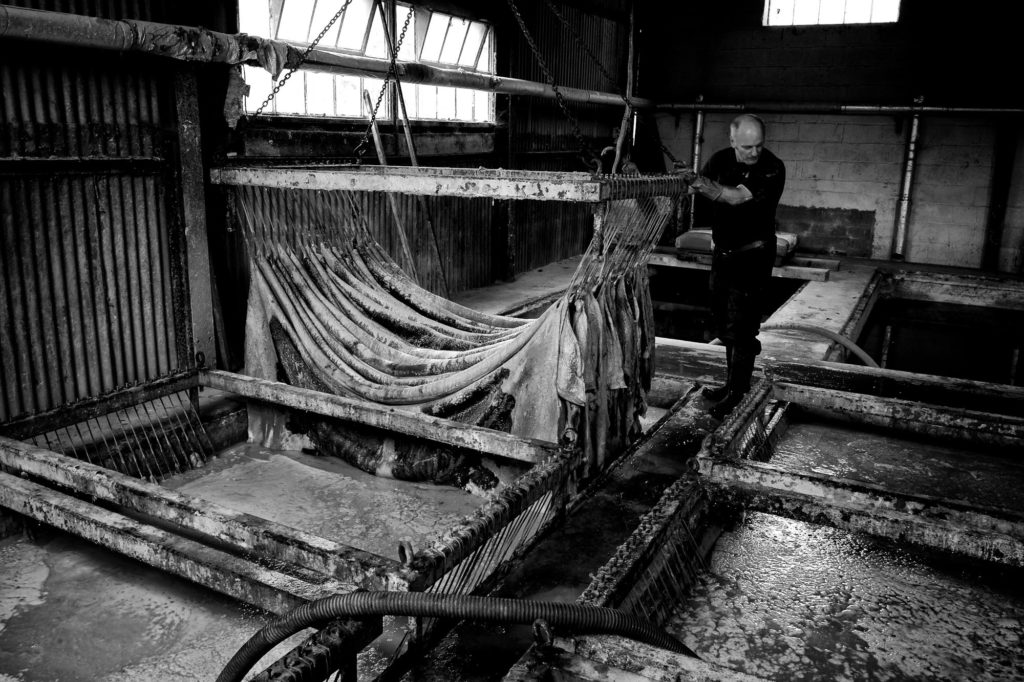
I wandered around the tannery with the Leica M8, first photographing the lime pits where the skins are placed to remove most of the hair. Monday morning’s selection process was next as the skins are graded and then moved on to the oak bark pits where the ‘chosen ones’ spend a year to complete the tanning process.
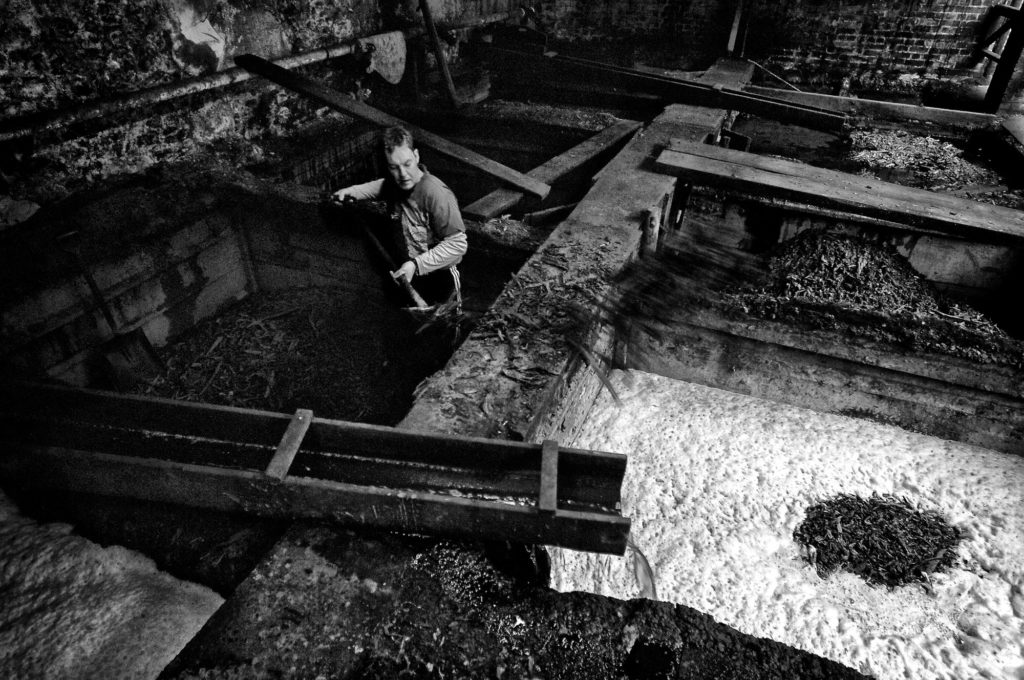
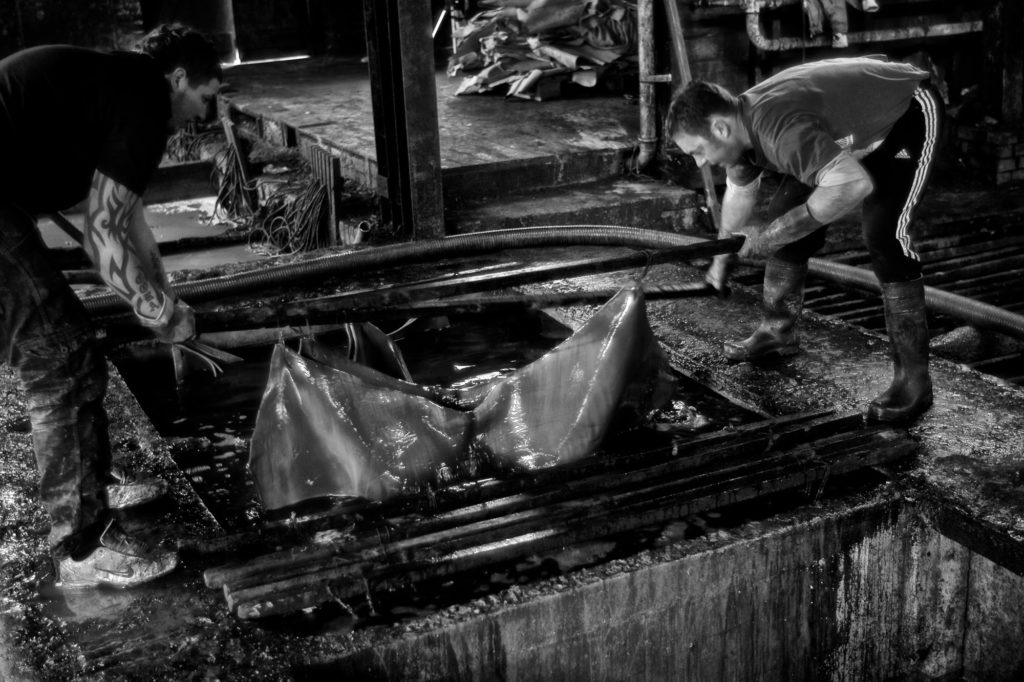
The last area is the finishing shed where the oils are added. Shooting only with available light to preserve the atmosphere, the M8 was a marvel. I’ve seen other people’s photos from the same tannery — clearly shot with DSLRs and fill-in flash — and it really doesn’t work. It’s the classic situation where after a while the people I was photographing just ignored me, very little sound from the camera, no flash and keeping quietly on the side lines, except when I wanted a close-up.
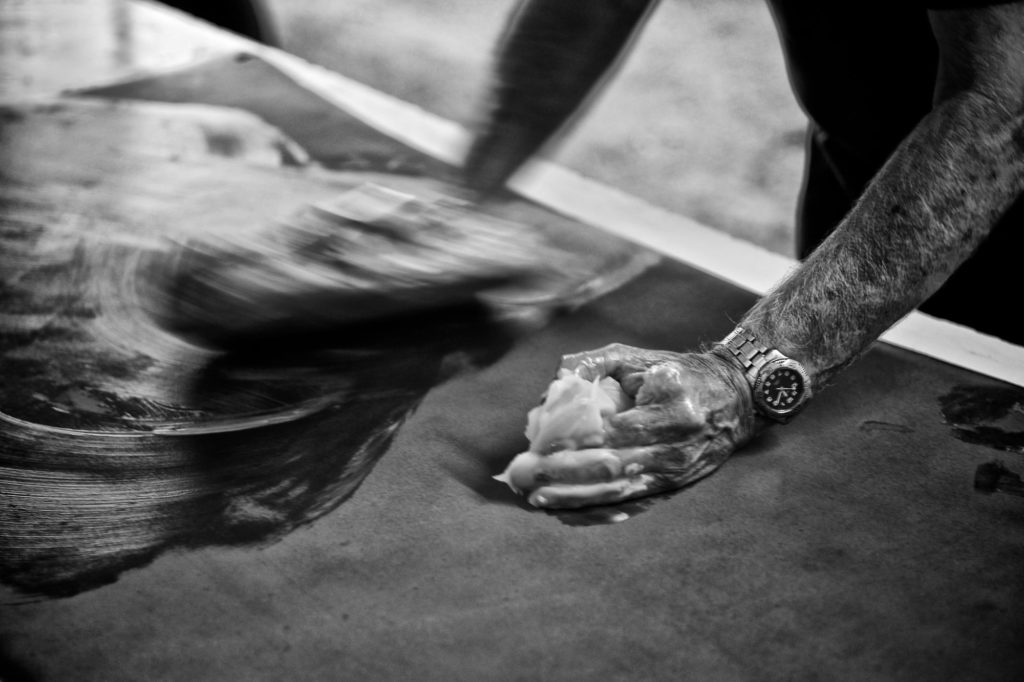
The photos from my visits to the tannery have been shown widely with an audio slideshow being produced for the BBC News web site and an exhibition at the Royal Albert Memorial Museum in Exeter (UK). The same exhibition also ran at The Devon Guild in Bovey Tracey (UK).

I have been using the leather from Baker’s tannery since 2009 when I started Classic Cases. To complement the Leica cameras I make the cases for it is important for me to use the best quality leather I can find. It costs a bit more but there is pleasure in producing the final product which I don’t think you get any other way.
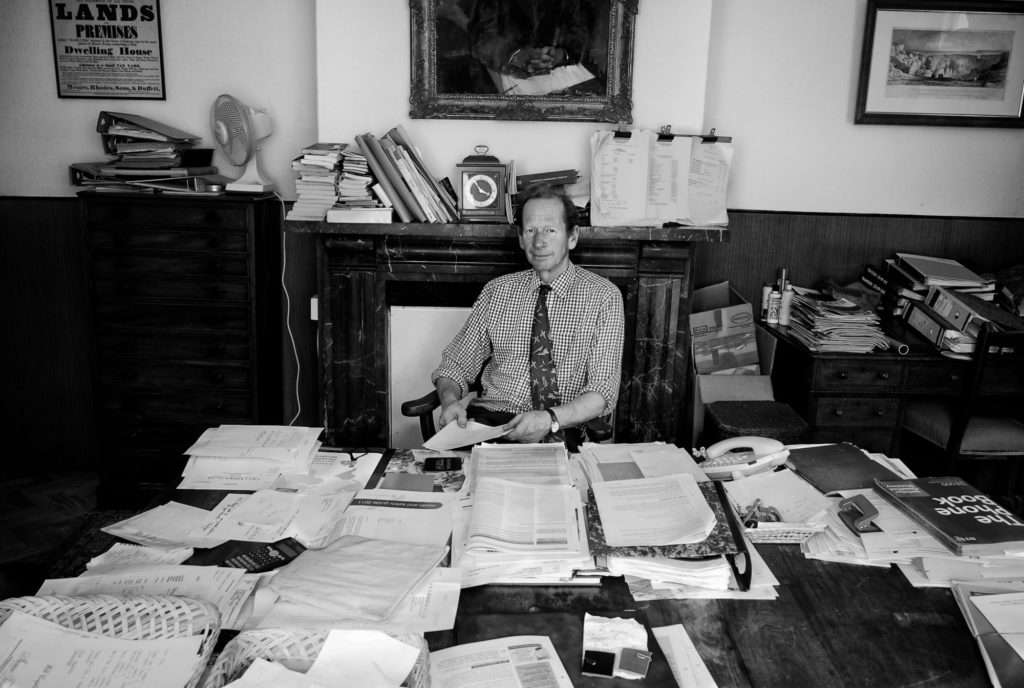
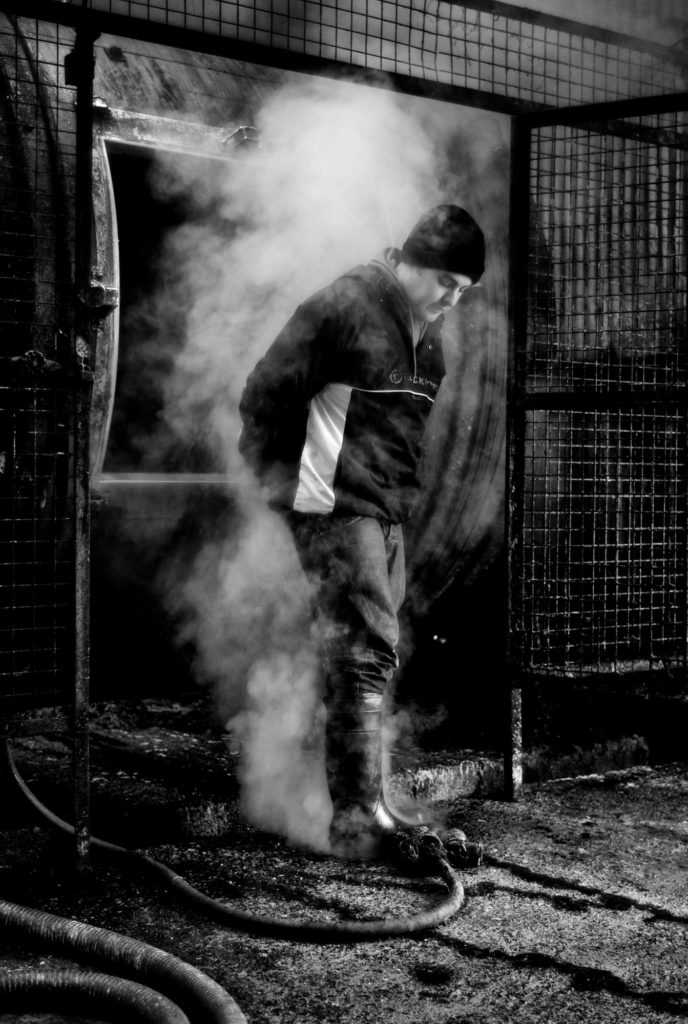
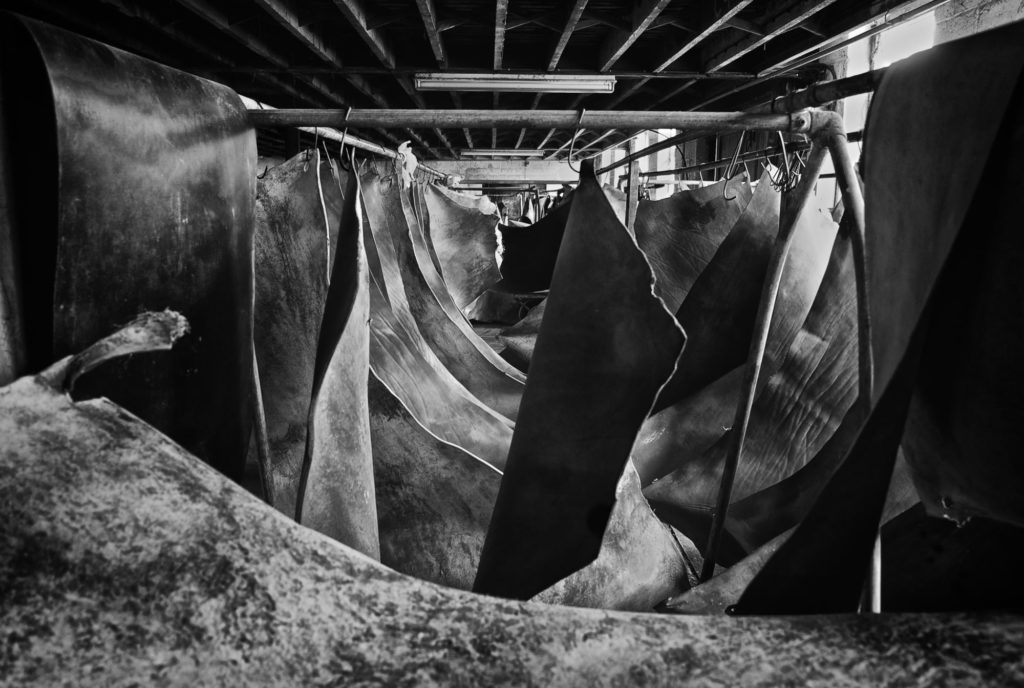
Watch the BBC Audio Slideshow of The Tannery narrated by Andrew Parr
The leather for all my camera cases and straps is bought from Bakers because I believe it's the best I can get.
All images are Copyright © Paul Glendell